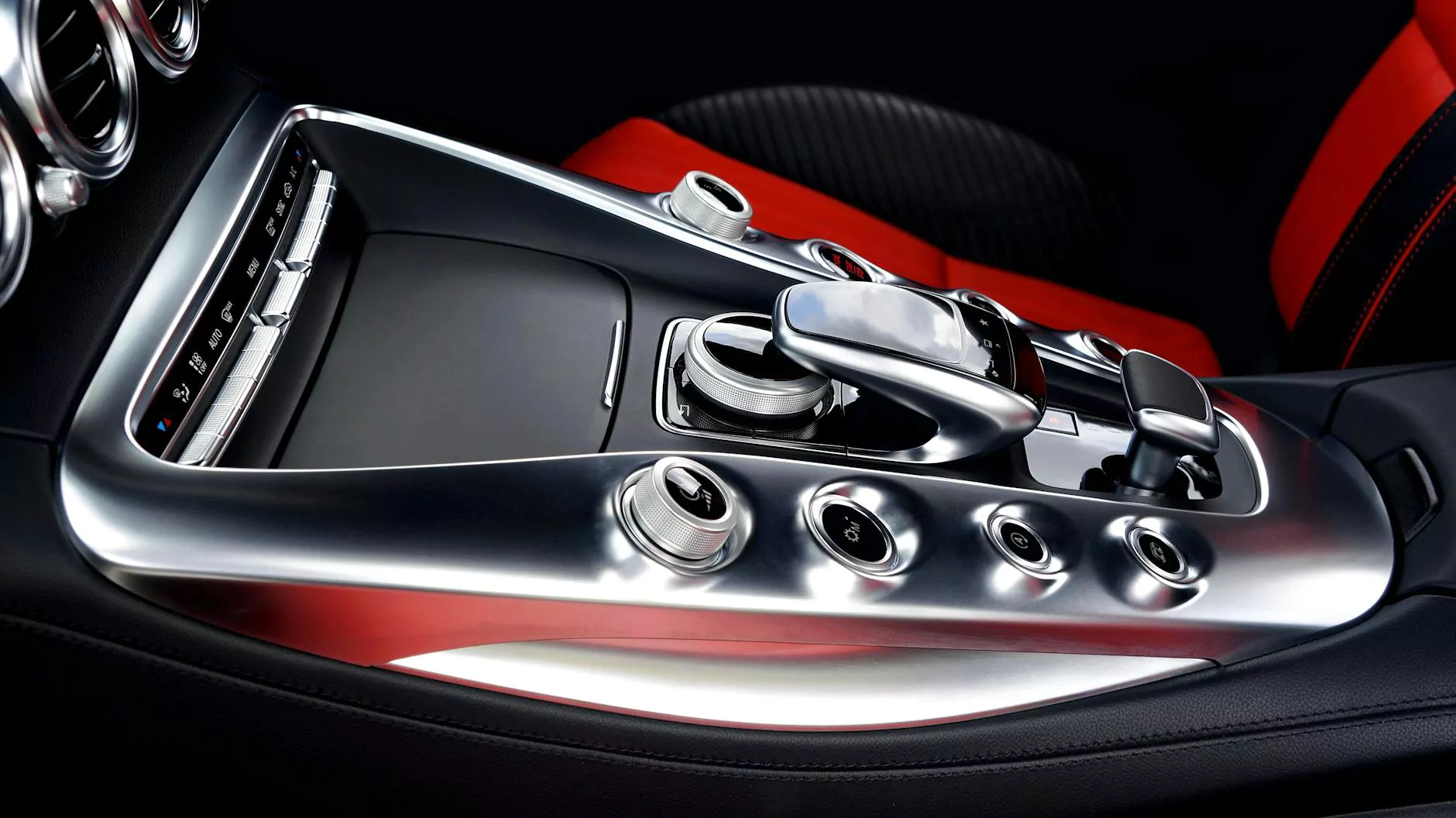How to Run Waste Cooking Oil in Your Diesel With Only One Fuel Tank

Are you looking for an eco-friendly and cost-effective way to fuel your diesel vehicle? Look no further! In this comprehensive guide, Grafco Electric will show you how to efficiently run waste cooking oil in your diesel engine, using only one fuel tank.
Benefits of Running Waste Cooking Oil in Your Diesel Vehicle
Before we dive into the step-by-step process, let's explore the numerous benefits of utilizing waste cooking oil as fuel:
- Economic Savings: Waste cooking oil is often discarded or disposed of, but it can be repurposed as a free or low-cost fuel alternative, significantly reducing your overall fuel expenses.
- Environmental Advantages: By reusing waste cooking oil as fuel, you contribute to a cleaner environment by reducing greenhouse gas emissions and dependence on fossil fuels.
- Renewable Resource: Waste cooking oil is a renewable resource that can be easily obtained, making it a sustainable option for powering your diesel vehicle.
- Extended Engine Life: Waste cooking oil possesses lubricating properties, which can help reduce wear and tear on your diesel engine, potentially extending its lifespan.
- Supports Local Businesses: Partnering with local restaurants or food establishments to source waste cooking oil creates opportunities for collaboration and community engagement.
Step-by-Step Guide: Running Waste Cooking Oil in Your Diesel Vehicle
Now that you are aware of the fantastic benefits, let's walk through the process of running waste cooking oil in your diesel vehicle. Follow these steps to ensure a successful conversion:
Step 1: Collecting Waste Cooking Oil
The first step is to gather waste cooking oil from local restaurants, commercial kitchens, or even your own kitchen. Ensure that the oil is uncontaminated and free from water, debris, or any other impurities. You can use a dedicated collection container to make this process more convenient.
Step 2: Filtering the Oil
Filtering the waste cooking oil is crucial to remove any food particles, carbon deposits, or sediment that may clog your fuel system. Use a fine mesh filter or specialized filtration equipment to achieve a clean and debris-free fuel source.
Step 3: Preparing the Oil for Use
Before using the filtered waste cooking oil as fuel, it is recommended to treat it with a fuel additive. This additive will enhance the fuel's properties, improve its combustion efficiency, and prevent any potential issues that might arise from using pure cooking oil without modification.
Step 4: Modifying the Fuel System
To ensure a smooth transition from conventional diesel to waste cooking oil, some modifications to your diesel vehicle's fuel system might be necessary. Depending on the make and model of your vehicle, this can involve installing a heated fuel line, an additional fuel filter, or a two-tank system that allows you to switch easily between diesel and waste cooking oil.
Step 5: Testing and Fine-Tuning
Once the modifications are complete, it is crucial to test the system and fine-tune it for optimal performance. Start by filling your fuel tank with the filtered waste cooking oil and monitor how your vehicle runs. Keep track of fuel consumption, engine performance, and any potential issues that may require adjustments.
Expert Tips and Considerations
To ensure a successful waste cooking oil conversion and maximize your vehicle's performance, consider the following tips:
- Consult with Professionals: It is advisable to consult with experienced professionals or reputable conversion kit providers who can guide you through the modification process and address any concerns.
- Regular Maintenance: Maintain a regular maintenance schedule for your converted diesel vehicle. This includes periodic filter changes, fuel system inspections, and engine tune-ups to ensure optimal performance.
- Comply with Regulations: Research and comply with local regulations regarding the use of waste cooking oil as fuel. Some regions may require permits, licenses, or specific certifications.
- Consider Safety Measures: Always prioritize safety when working with fuels. Store waste cooking oil properly, use appropriate protective equipment, and follow recommended handling and storage guidelines.
- Monitor Fuel Quality: Regularly test the quality of your waste cooking oil by monitoring its acidity levels, moisture content, and viscosity. This will help maintain optimal engine performance and prevent potential issues.
Conclusion
By following this detailed guide, you can confidently run waste cooking oil in your diesel vehicle, contributing to a greener and more sustainable future. Remember to conduct thorough research, consult professionals, and prioritize safety throughout the conversion process. Join the eco-friendly revolution by repurposing waste cooking oil and reducing your carbon footprint today!
For comprehensive solutions, including waste cooking oil collection and conversion kit installations, contact Grafco Electric. We specialize in sustainable energy solutions, helping individuals and businesses adopt eco-friendly practices. Let's work together towards a cleaner and more sustainable planet!










